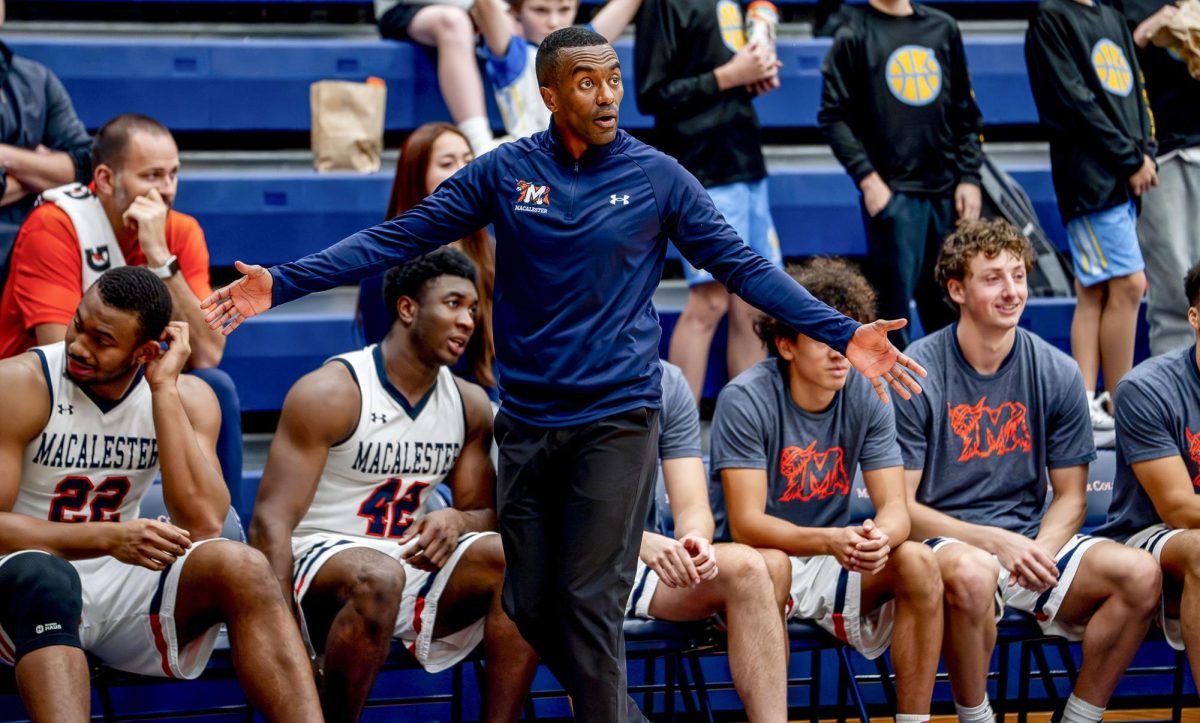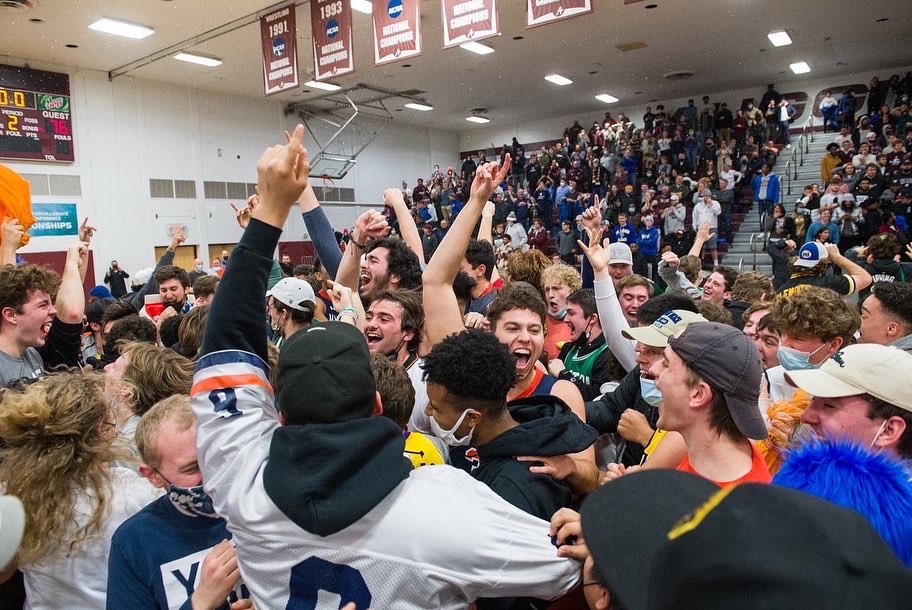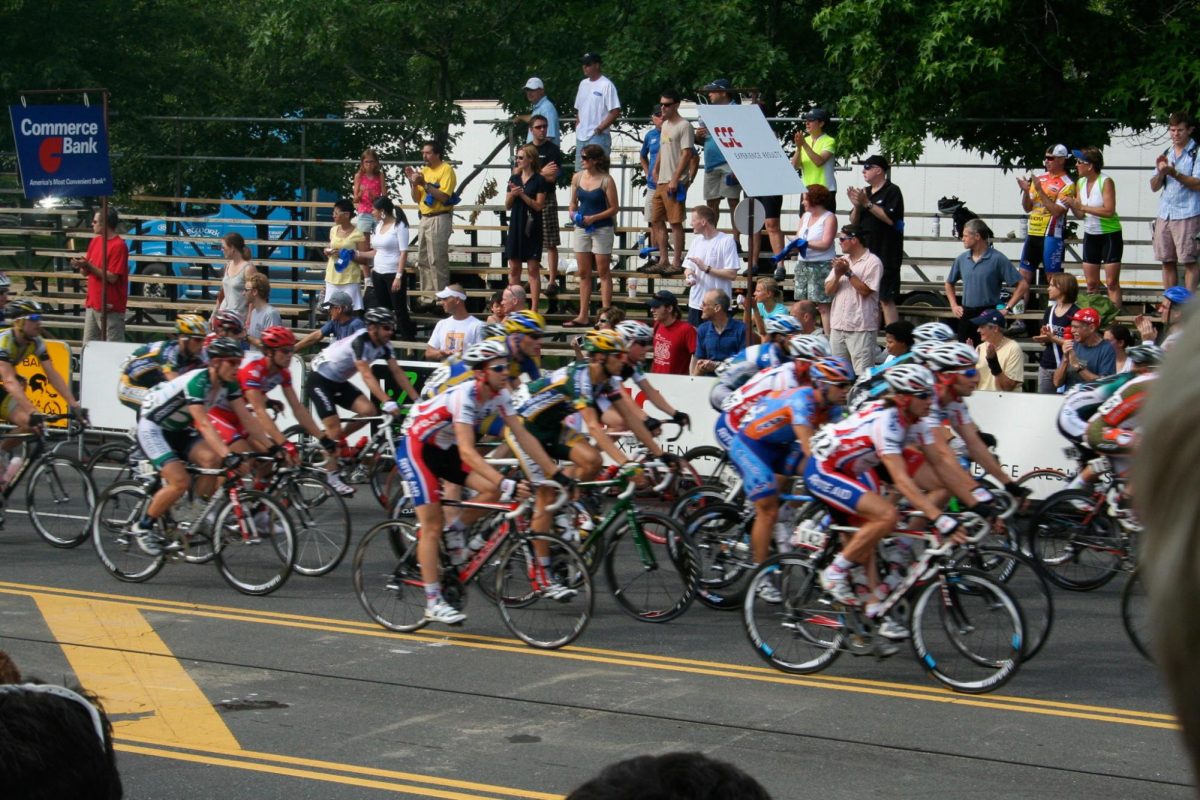In the last three years, the city of San Diego has lost perhaps its two most prolific and beloved sports figures in Tony Gwynn and Junior Seau. They were both all-time greats at their respective positions and in their respective sports; Seau was a 10-time All-Pro and 12-time Pro Bowl selection, while Gwynn was an 8-time Batting Champion, 15-time All-Star, member of the 3,000 hit club and first ballot Hall of Fame inductee. They were both born and raised in southern California, Gwynn in Los Angeles and Seau in San Diego. Both developed and maintained deep ties with the city where they spent the prime of their careers. They were both adored and respected by all who knew them and feared by those who competed against them. They were both shining examples of what great athletes can be on and off the field.
Just as the stories of these two transcendent athletes share many common threads, so do their tragic endings: both were taken from us well before their time, and both of their deaths have sparked conversations in the sports community about serious issues that have long gone unaddressed. Gwynn’s death after a long battle with salivary gland cancer, which he himself publicly attributed to his consistent use of chewing tobacco throughout his career and adult life, has set off pundits and commentators about banning ‘dipping’ in the MLB.
The nature of Seau’s death and subsequent research sent clear messages to the NFL that something needed to be done about concussions. Autopsies revealed that Seau had been suffering from Chronic Traumatic Encephalopathy, which is characterized as brain damage caused by repeated serious concussions. CTE has been found in several deceased NFL players. Since Seau’s death, the NFL has begun to revamp its policies regarding concussions, instituting stricter diagnostic tests along with rule and equipment changes to improve player safety.
Both of these tragedies opened up conversations within their respective sports about serious issues that had been largely overlooked for a long time. The question is: why did these two great athletes have to die to get those conversations started? Why did the sports world need two martyrs to wake up and realize that they needed to catch up with the rest of the world?
The first reports establishing a link between tobacco use and cancer were published in 1964 and since then the evidence has become concrete and undeniable. Our society puts social stigmas on smoking and we teach our children not to do it. Yet somehow, 50 years have passed since our eyes were opened to the dangers of tobacco and one third of all Major League Baseball players still report using chewing tobacco on a regular basis. Children still watch their heroes spit tobacco juice on the base paths, still idolize and try to emulate athletes who are poisoning themselves.
Society realized that chewing tobacco was poisonous long before baseball did. America’s pasttime had to watch one of its most beloved characters lose his life to tobacco to realize that there was a problem that needed fixing.
Head injuries have been taken seriously in society for years. We see people get catastrophic brain damage from accidents and we mourn over how their lives are never the same. Yet, somehow, it never occurred to the NFL that athletes who take scores of devastating blows to the head every day for dozens of years might be at risk for long-term side effects. Somehow, football was unable to make the easiest logical jump in the world: that thousands of repeated blows to the head for an entire career might cause brain damage. Junior Seau’s death told the NFL that they needed to look into brain damage affecting ex-players and they finally did.
The results of studies of Seau’s brain prompted serious discussions within the football community over how to best protect players. Rules were changed, equipment was upgraded and the entire sport was put on a heightened level of alertness to look out for head injuries. The progress that has been made in the NFL regarding concussions is undeniable, but so is the troubling truth that these improvements took such a long time to take place.
The power of sports narratives suggest they have the potential to set the tone for what is right and what matters in our society. So often, though, we find the sports world lagging far behind the real world, ignoring modern issues and refusing to accept modern realities. Unfortunately, it often takes tragedy for the sports world to wake up and catch up. A part of society that should be ahead of the curve is instead behind it, subjecting athletes and fans to backwards cultural norms that put everyone at risk. When athletes need to be martyrs for the sports world to change, sports culture has a problem.







Joe Alsop • Sep 12, 2019 at 3:45 am
|When I want to place gallery or LightBox or even a slider on my web page I forever try to use jQuery script in support of that.
Stephen Stewart • Sep 10, 2019 at 9:04 pm
Wow! Itís a fastidious jQuery script; I was also searching for that, thus i got it right now from at this place. Keep it up admin.
Keith Randall • Sep 9, 2019 at 6:02 am
What I have observed in terms of laptop memory is the fact there are specs such as SDRAM, DDR or anything else, that must match up the specifications of the motherboard. If the computer’s motherboard is fairly current and there are no operating system issues, improving the memory literally requires under an hour. It’s among the easiest laptop upgrade procedures one can think about. Thanks for discussing your ideas.
NativeDeodorantcodes • Jul 30, 2019 at 9:39 am
Nice post Brian the way you covered all of the techniques for webmasters.